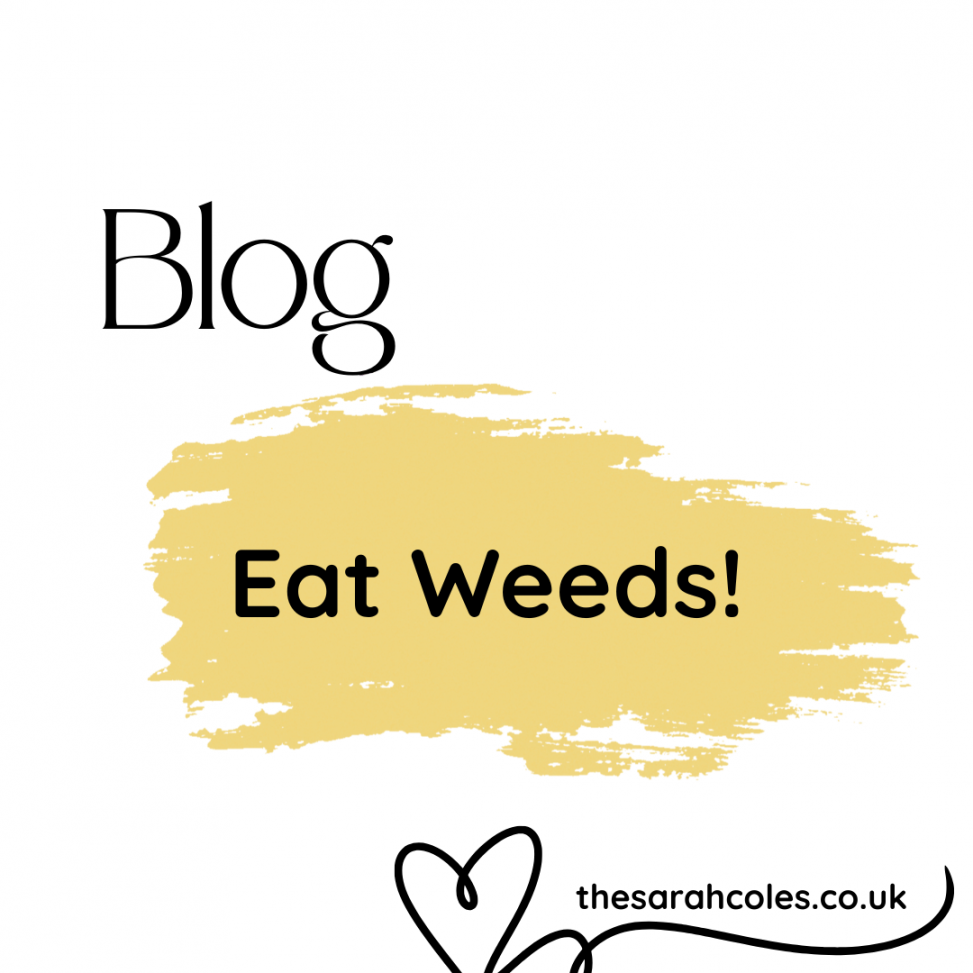Your garden might be hiding a treasure trove of nutritious food. Those “pesky” weeds you’ve been pulling up and throwing away could actually be adding vitamins, minerals and unique flavours to your meals. Many common weeds are not only edible but have been used as food sources for centuries.
Remember the golden rule of foraging: never eat anything you can’t identify with 100% certainty. Always harvest from clean areas away from roads, industrial sites or areas that may have been treated with pesticides. When in doubt, consult a local foraging expert or botanical guide.
Here are just some of the weeds that deserve a spot on your dinner table rather than in your compost bin ! 🙃
1. Dandelion (Taraxacum officinale)
Description: These bright yellow flowers and distinctive serrated leaves are familiar to almost everyone. The entire plant is edible, from root to flower.
Parts to use: Leaves, flowers and roots
When to harvest: Leaves are best in early spring before flowering (less bitter). Flowers can be picked spring through summer, whilst roots are best harvested in autumn.
How to use: Young leaves make excellent salad greens or can be sautéed like spinach. The flowers can be made into wine, fritters, or removed from their green bases and added to salads. Roots can be roasted and ground as a coffee substitute.
Nutritional value: Exceptionally rich in vitamins A, C, and K, plus iron, calcium, and potassium. Higher in beta-carotene than carrot.
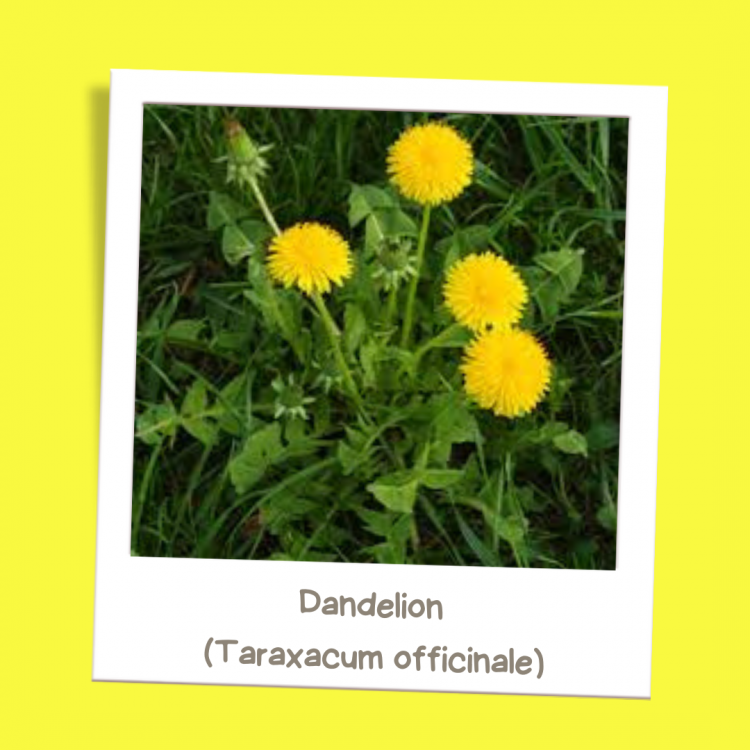
2. Stinging Nettle (Urtica dioica)
Description: Tall plants with heart-shaped, serrated leaves covered in tiny hairs that cause a stinging sensation when touched.
Parts to use: Young leaves and tender stems
When to harvest: Early spring to early summer, before flowering. Always wear gloves!
How to use: The sting disappears when cooked. Use exactly like spinach in soups, stews or pasta dishes. Can also be dried to make a nutritious tea.
Nutritional value: Packed with vitamins A, C, and K, plus iron, calcium, magnesium, and protein. Contains all essential amino acids.
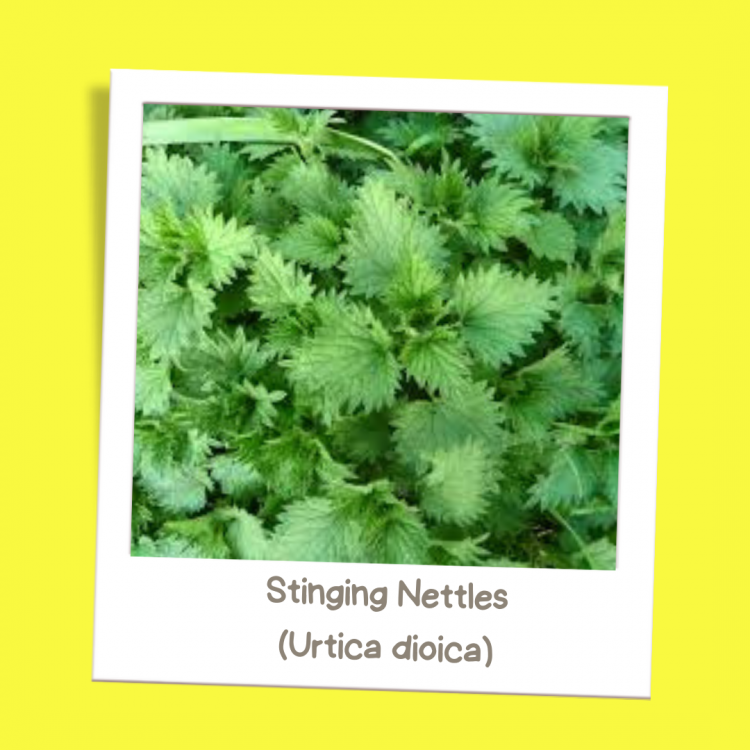
3. Plantain (Plantago major)
Description: Also known as “white man’s footprint,” this low-growing plant has broad, ribbed leaves arranged in a rosette pattern.
Parts to use: Leaves and seeds
When to harvest: Leaves are available spring through autumn; seeds in late summer.
How to use: Young leaves can be eaten raw in salads or cooked like spinach. Older leaves are better cooked due to their fibrous texture. Seeds can be ground into flour or used whole in baking.
Nutritional value: Rich in vitamins A, C, and K, plus silica and tannins. Traditionally used for wound healing.
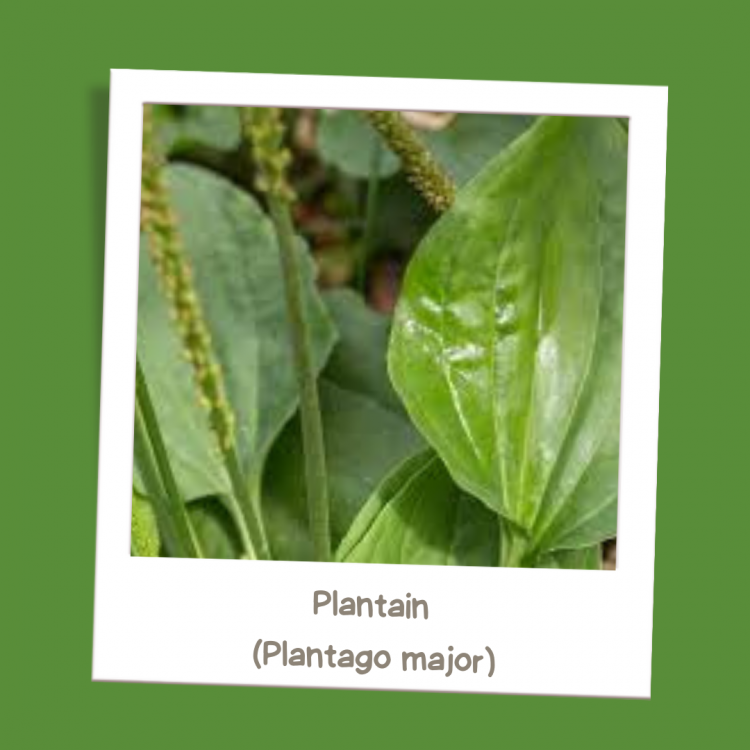
4. Chickweed (Stellaria media)
Description: A delicate, sprawling plant with small white star-shaped flowers and oval leaves. Often forms dense mats in gardens.
Parts to use: Entire above-ground plant
When to harvest: Available year-round, but best in cooler months
How to use: Mild, slightly nutty flavour makes it perfect for salads, sandwiches, or as a garnish. Can be added to soups or smoothies.
Nutritional value: Contains vitamins A, C, and D, plus calcium, potassium, phosphorus, and zinc.
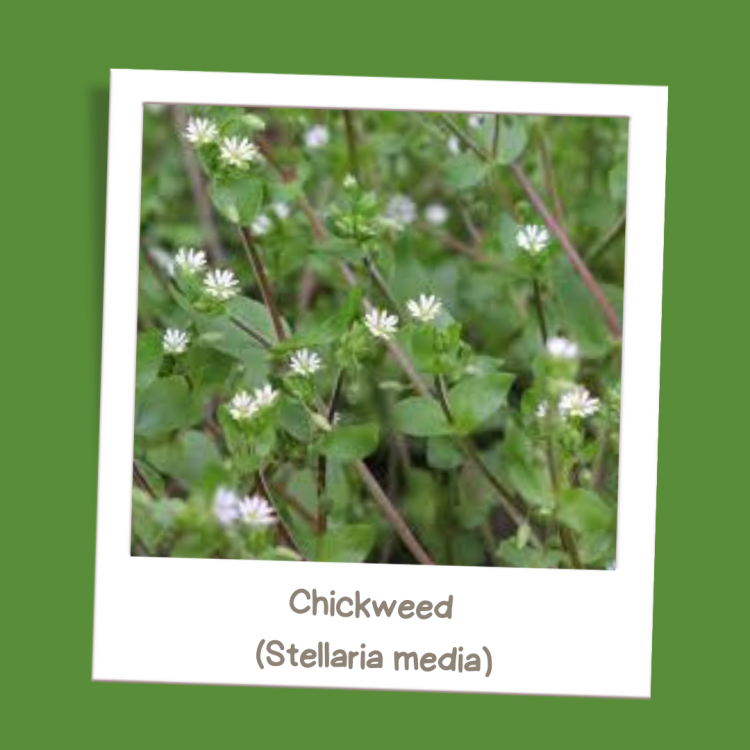
5. Clover (Trifolium species)
Description: The familiar three-leaflet plants with white, pink, or red globular flower heads found in lawns and meadows.
Parts to use: Flowers, leaves, and seeds
When to harvest: Flowers from late spring through summer; leaves throughout growing season
How to use: Flowers can be dried and ground into flour (up to 10% of regular flour in recipes) or eaten fresh in salads. Leaves are best cooked due to their tough texture.
Nutritional value: High in protein, vitamins A and C, plus calcium and phosphorus.
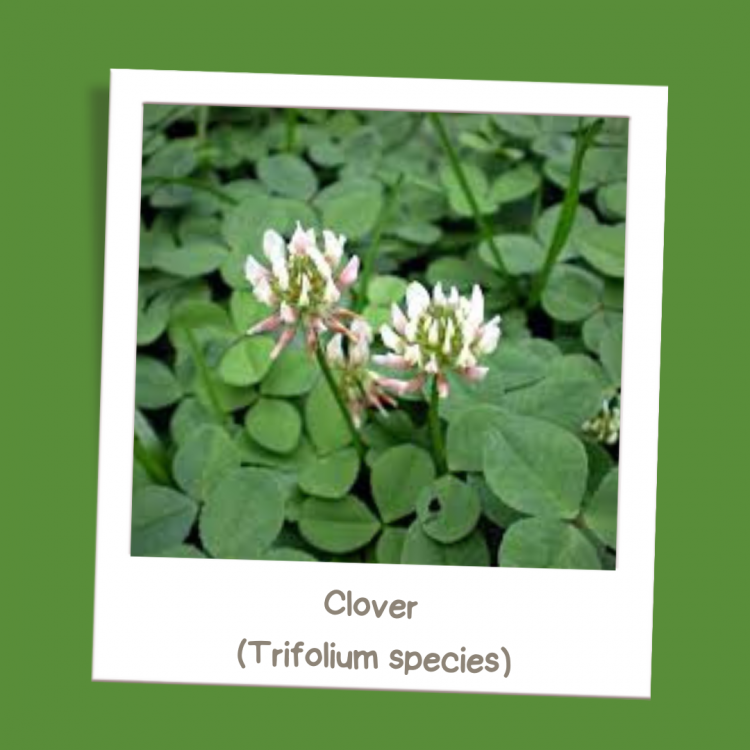
6. Wild Garlic (Allium ursinum)
Description: Broad, lance-shaped leaves with a strong garlic smell when crushed. White star-shaped flowers appear in spring in woodland areas.
Parts to use: Leaves, flowers, and bulbs
When to harvest: Leaves from February through May before flowering; flowers in April and May
How to use: Use leaves like garlic in any recipe. Excellent in pesto, soups, or simply sautéed with vegetables. Flowers make beautiful and tasty garnishes.
Nutritional value: Rich in vitamins A and C, plus sulphur compounds that provide antimicrobial properties.
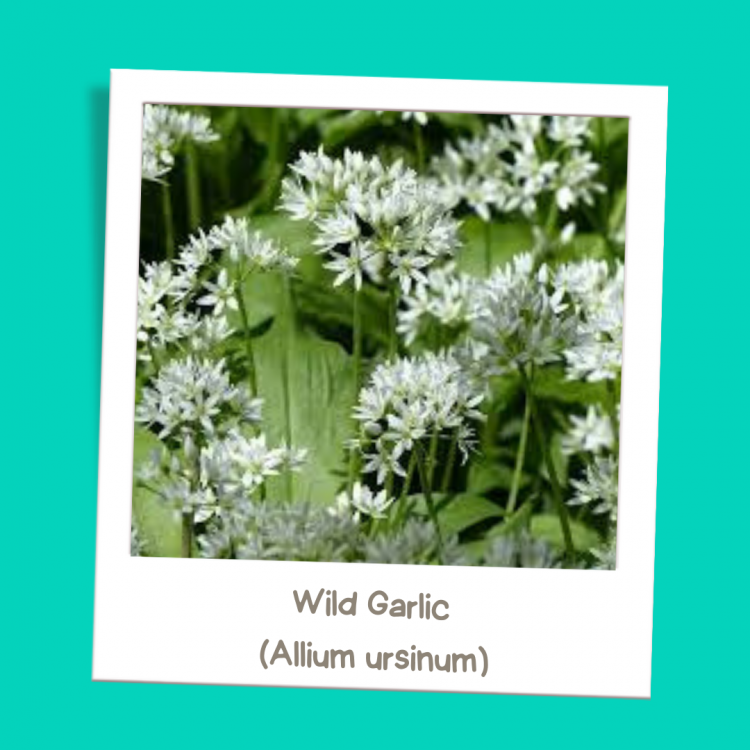
7. Fat Hen (Chenopodium album)
Description: Also called lamb’s quarters, this plant has diamond-shaped leaves with a slightly silvery underside and grows up to 1.5 metres tall.
Parts to use: Leaves and young shoots
When to harvest: Spring through early autumn, using younger growth
How to use: Cook like spinach or add young leaves to salads. Particularly good in stir-fries or quiches.
Nutritional value: Higher in vitamins A and C than spinach, plus significant amounts of calcium, iron, and protein.
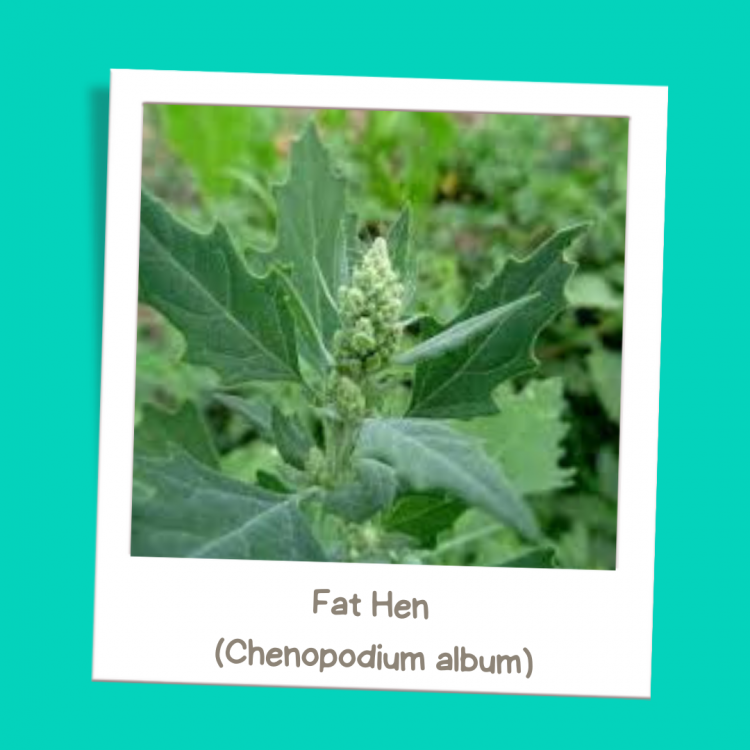
8. Hairy Bittercress (Cardamine hirsuta)
Description: Small rosettes of compound leaves with tiny white four-petalled flowers. Often found in garden beds and paths.
Parts to use: Leaves and flowers
When to harvest: Available year-round, but best in cooler months
How to use: Peppery flavour similar to watercress. Excellent in salads, sandwiches, or as a garnish for soups.
Nutritional value: Rich in vitamins A and C, plus calcium and iron.
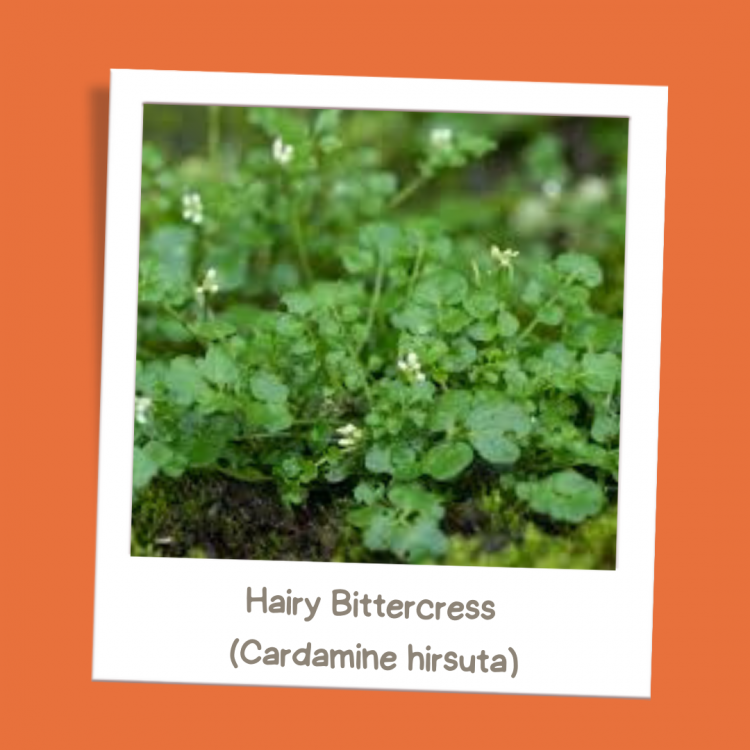
9. Wood Sorrel (Oxalis species)
Description: Heart-shaped three-leaflet plants (often mistaken for clover) with yellow, white, or pink five-petalled flowers.
Parts to use: Leaves and flowers
When to harvest: Spring through autumn
How to use: Tart, lemony flavour makes it perfect for salads or as a garnish. Can be used to make a refreshing drink similar to lemonade.
Nutritional value: Contains vitamin C, though should be eaten in moderation due to oxalic acid content.
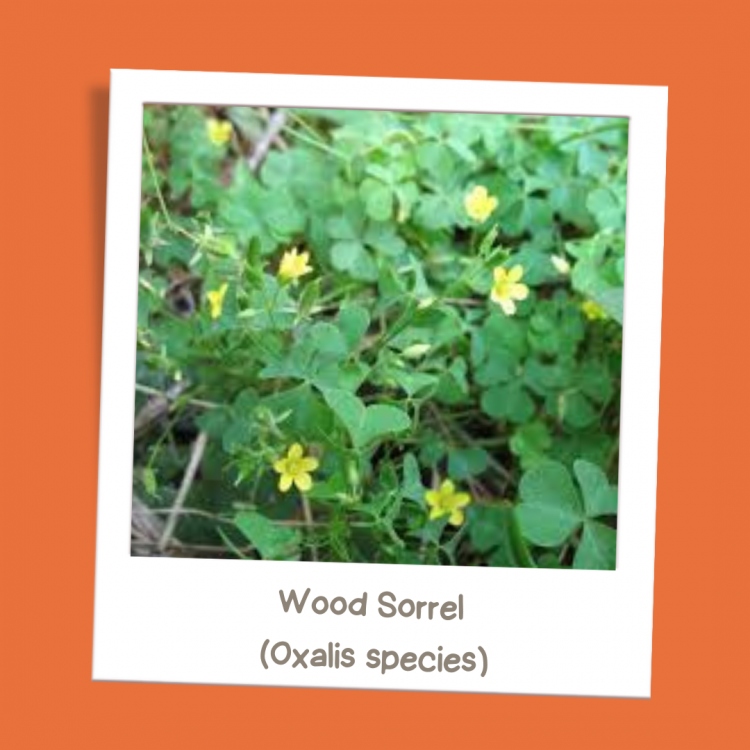
10. Goosegrass (Galium aparine)
Description: Also known as cleavers, this climbing plant has whorled leaves and tiny white flowers. The stems and leaves have tiny hooks that make them stick to clothing.
Parts to use: Young leaves and stems
When to harvest: Early spring before the plant becomes too tough
How to use: Young growth can be cooked like spinach or added to soups and stews. Can also be dried to make tea.
Nutritional value: Rich in vitamin C and chlorophyll, with traditional uses as a spring tonic.
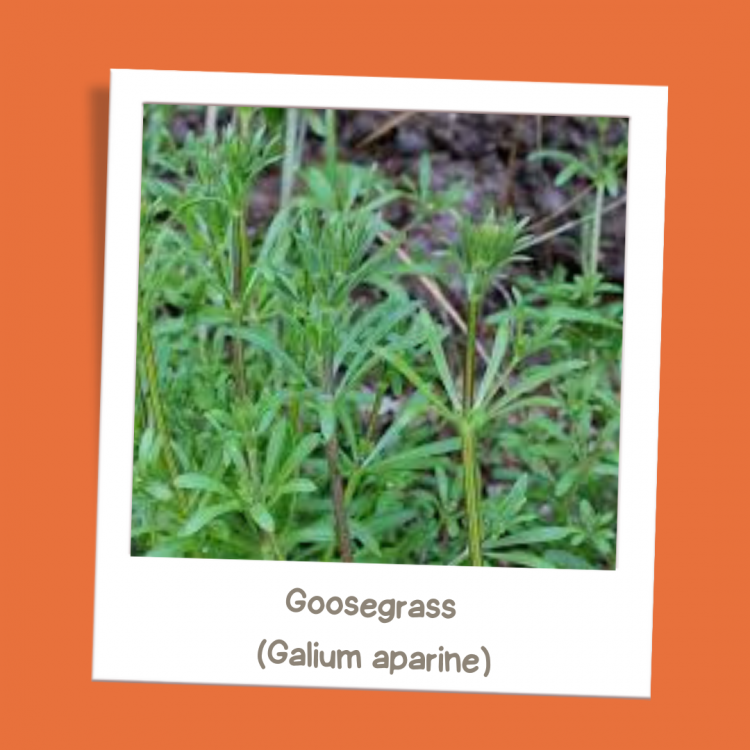
Safety First: Important Foraging Guidelines
Before you rush out to harvest these edible weeds, keep these safety tips in mind:
- Never harvest from polluted areas, roadsides, or treated lawns
- Start with small amounts to test your tolerance
- Some people may have allergies to certain plants
- Pregnant women should avoid wood sorrel due to oxalic acid
- Always clean thoroughly before consumption
- When in doubt, don’t risk it
Transform Your Relationship with Garden “Weeds”
These weeds demonstrate that nature provides abundant food if we know where to look. Many of these plants are more nutritious than their cultivated counterparts and have sustained humans for millennia.
Next time you’re weeding your garden, consider whether you’re throwing away your dinner. Start small—try adding some dandelion leaves to your next salad or brewing nettle tea. You might discover that your garden’s greatest treasures were hiding in plain sight all along.
Remember to forage responsibly, take only what you need, and always leave enough for wildlife and the plant’s continued growth. Happy foraging!
Further Reading: October Foraging: Nature’s Autumn Harvest, Autumn Foraging: Nature’s Harvest, Foraging in January: A Winter’s Treasure Hunt, Discover Nature’s Bounty Foraging for Food and Fun, Foraging: A beginner’s guide






